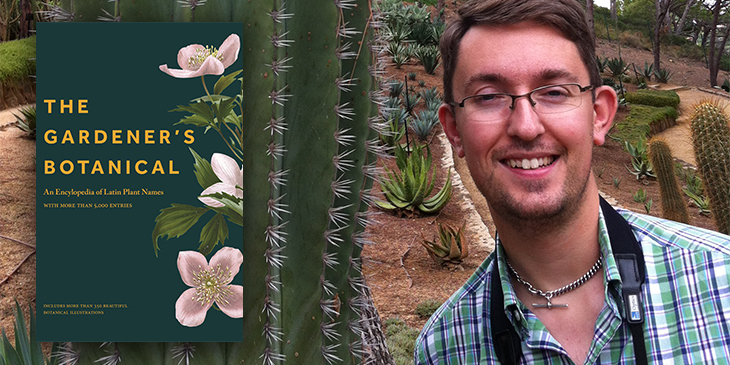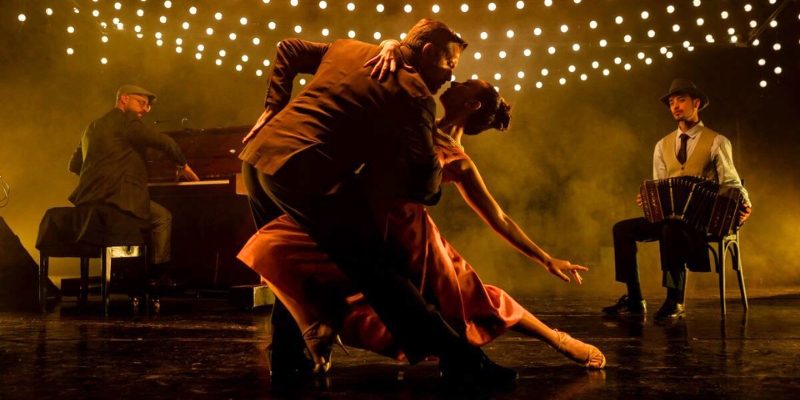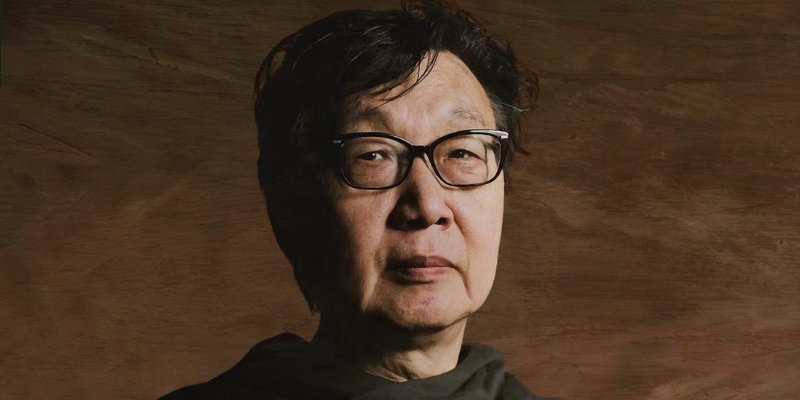Roses are red, violets are blue, I’m going to the Ross Bayton Town Hall event, and you should, too.
On March 4, horticulturalist Ross Bayton will present a crash course in plant history, ruminating on the origin and significance of the Latin plant names we encounter every day.
Before the event (and be sure not to miss the NW Flower and Garden Show at the Washington State Convention Center) here are a few interesting plant facts! Be astounded. Impress your friends at your next backyard barbecue!
A sunflower is not just one flower.
Both the brown center and the yellow petals are actually about 1,000-2,000 individual flowers held together on a single stalk.
There are more microorganisms in one teaspoon of soil than there are people on earth.
Microbes are EVERYWHERE and are important for keeping soil full of nutrients.
Some of your favorite fruits are members of the rose family.
Apples, pears, peaches, raspberries, strawberries and more are cousins of the rose.
You can change a hydrangea’s color by altering the pH level of the soil.
A more alkaline soil will result in pinker blooms. A more acidic soil will produce bluer blooms.
Be careful of foxglove.
The flowers, stems, and leaves can be deadly. The chemicals deslanoside, digitoxin, digoxin, and digitalis glycosides make this popular perennial quite harmful.
There are at least 10,000 varieties of tomatoes.
Over 60 million tons of tomatoes are produced each year, making it the world’s most popular fruit. The second most popular fruit is the banana.

Learn more about plants at Town Hall! Unlock the secret (and not-so-secret) origins of the growing world around us with Bayton’s illuminating exploration of the plants we know, and some we don’t. Tickets are on sale now ($5, and FREE for anyone under the age of 22).


